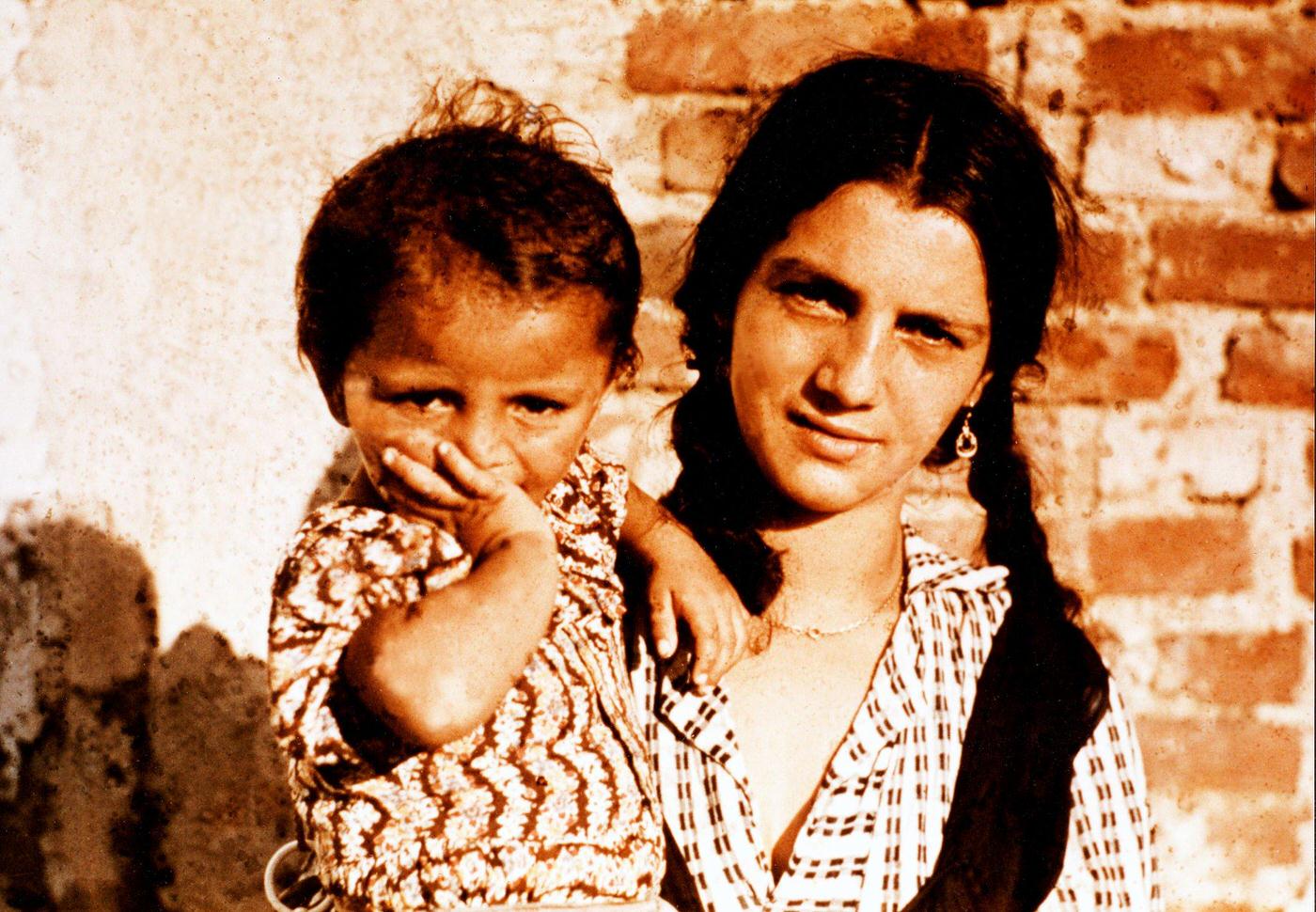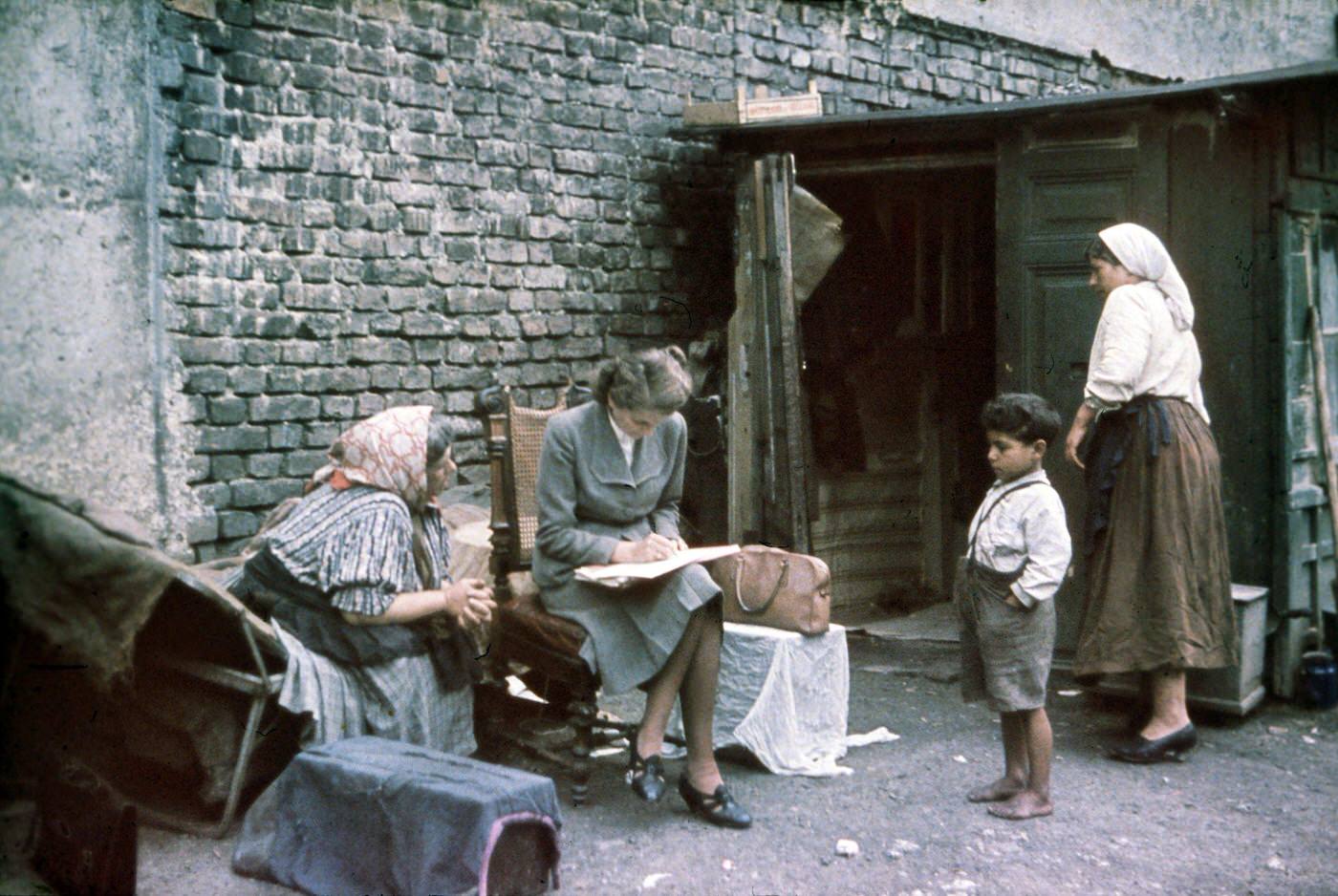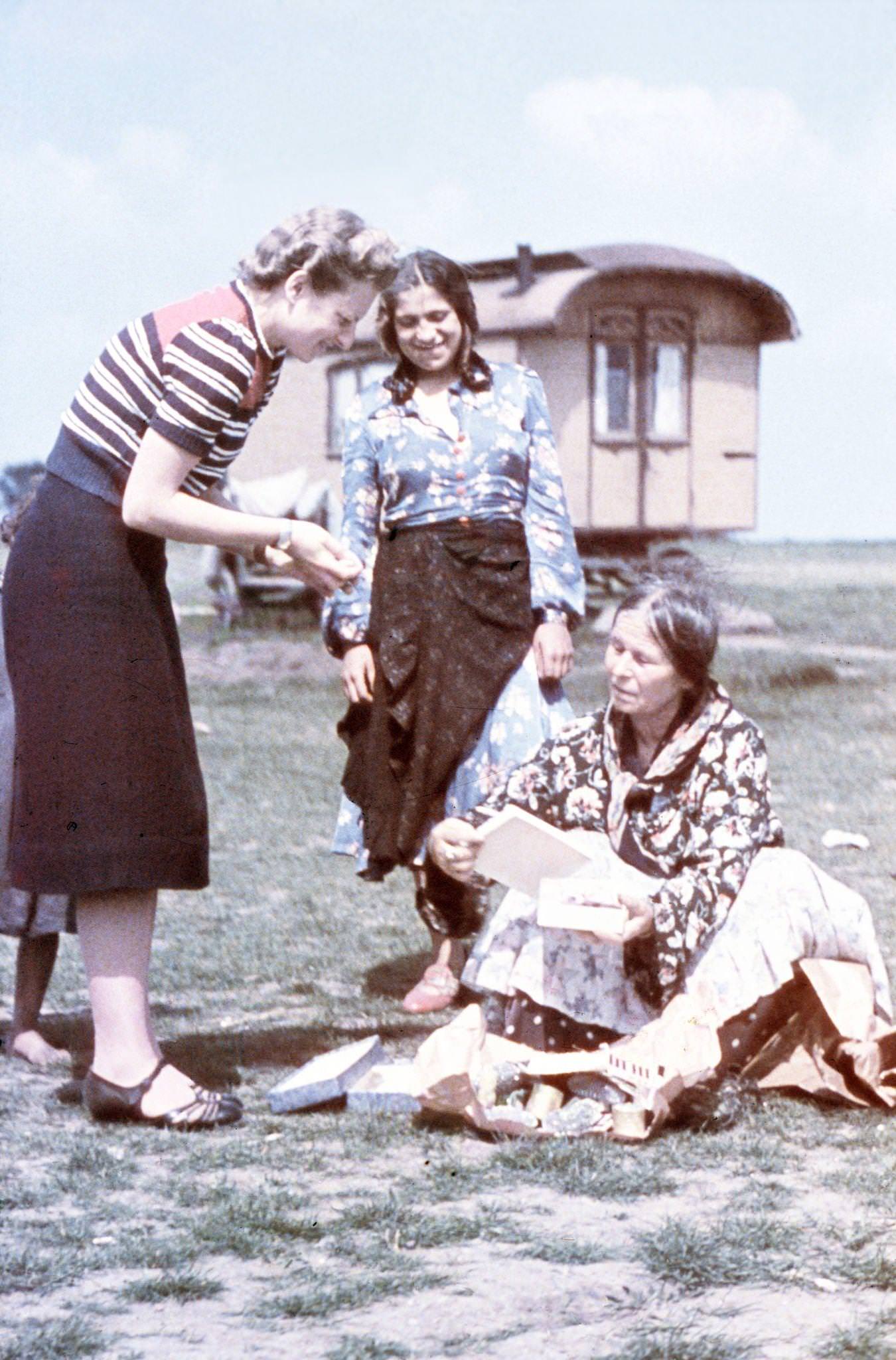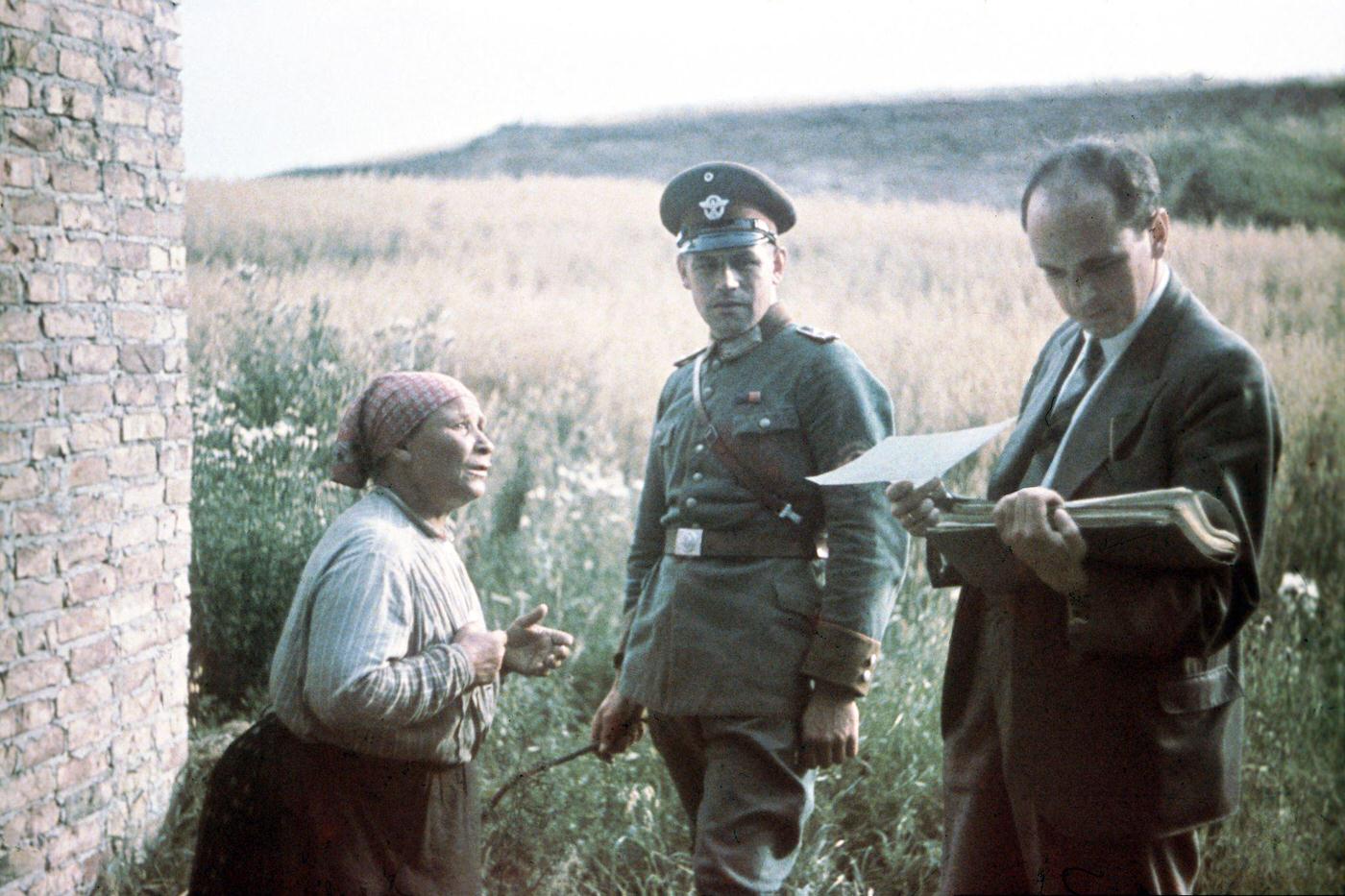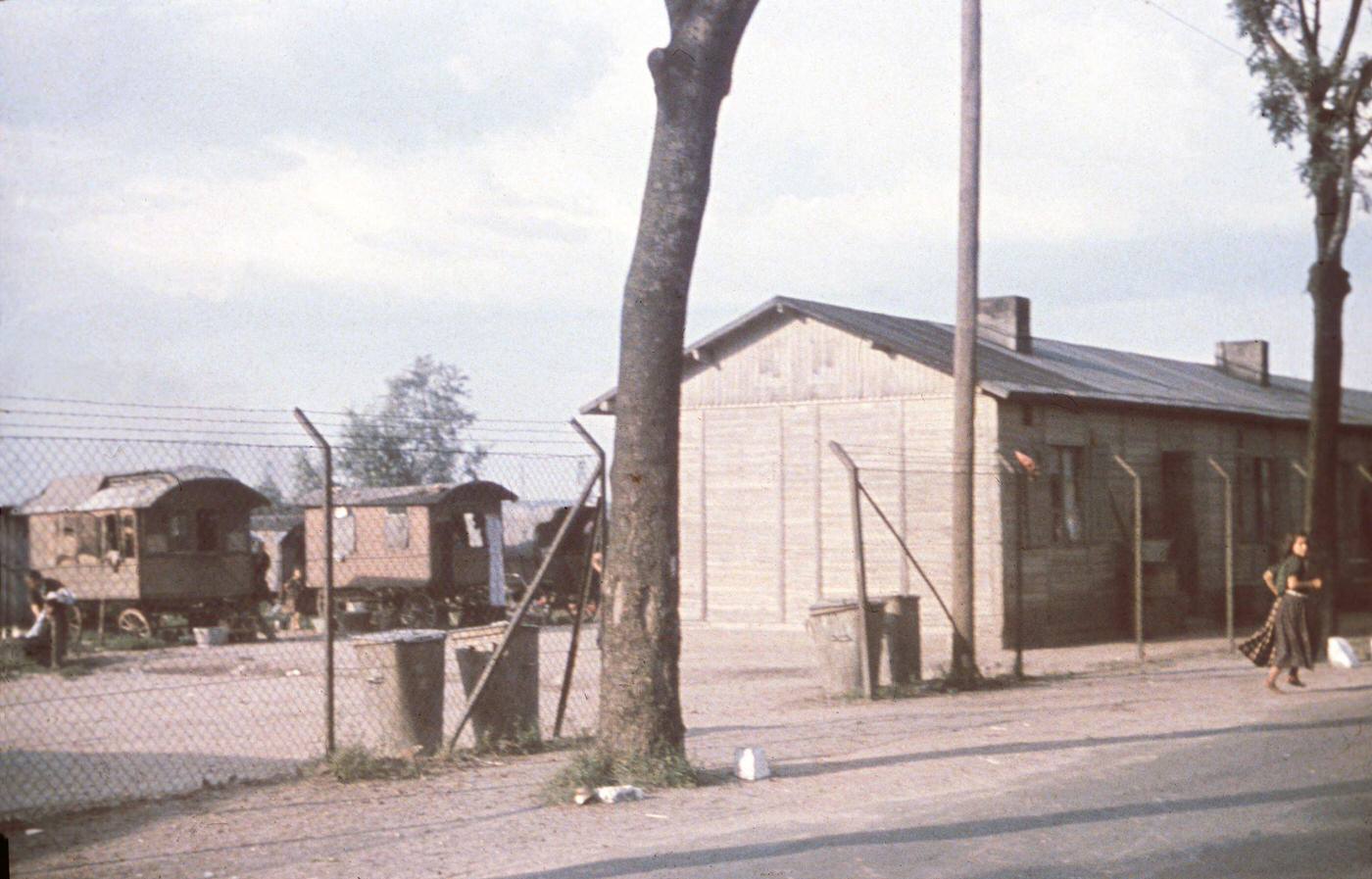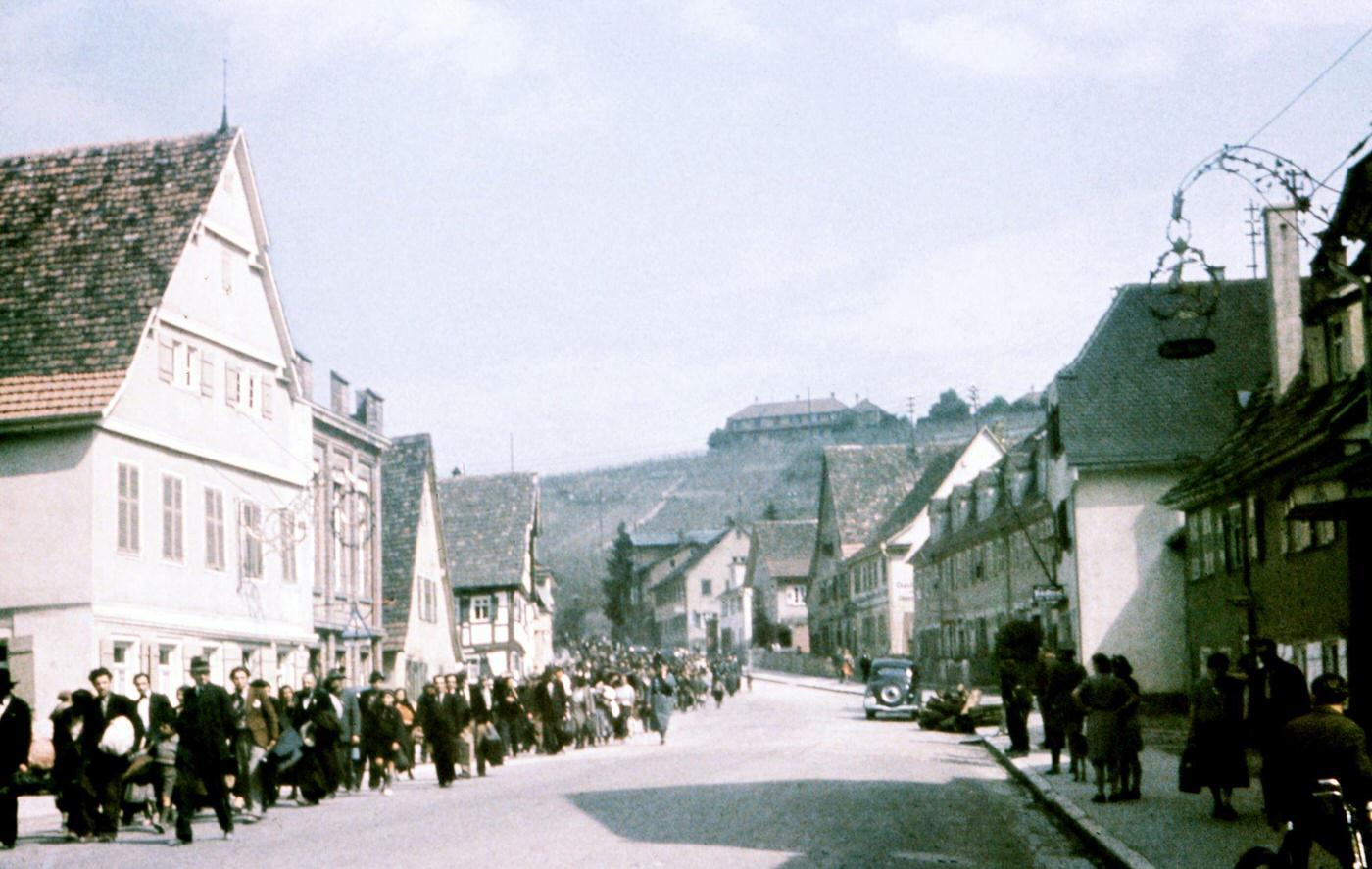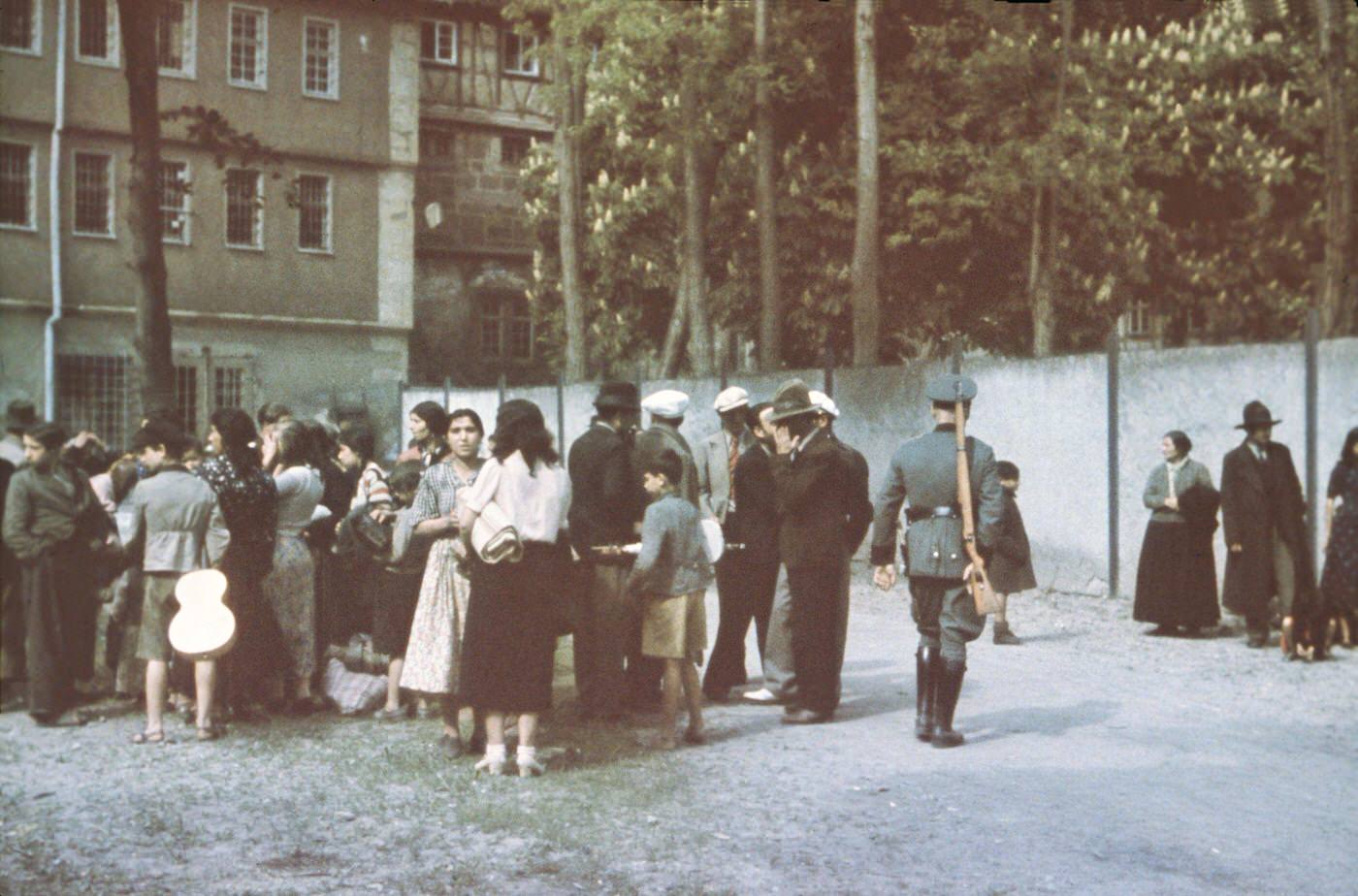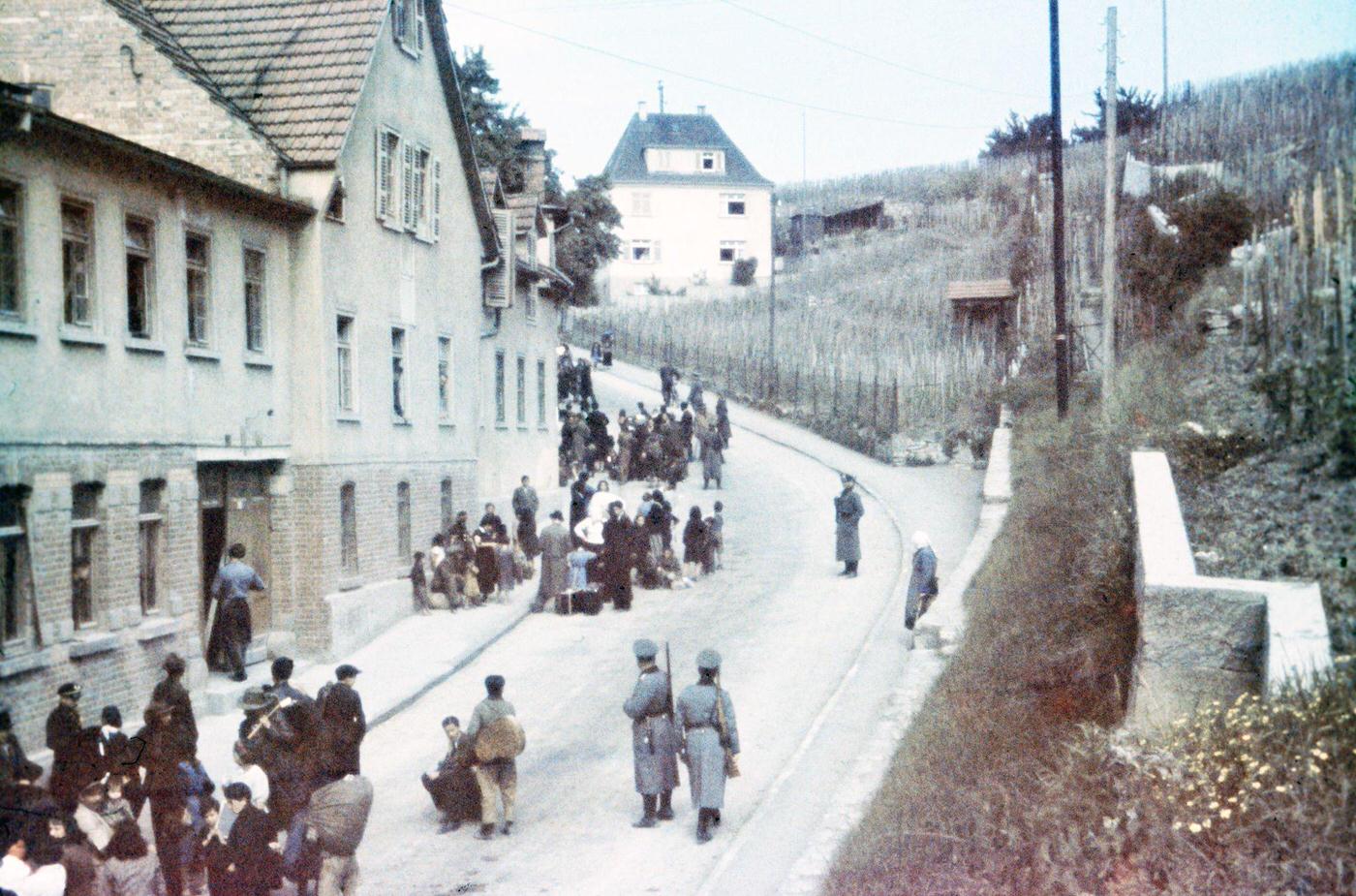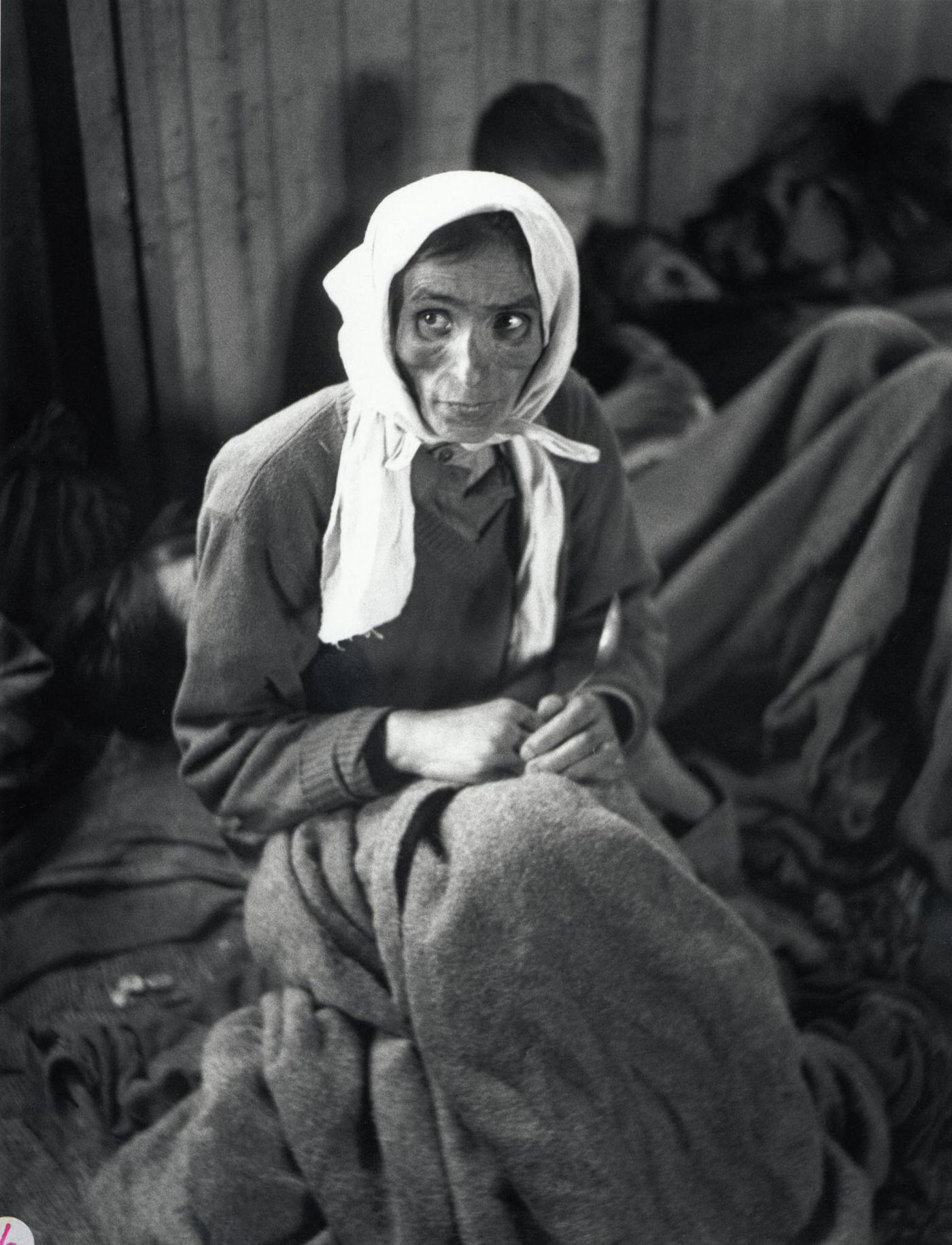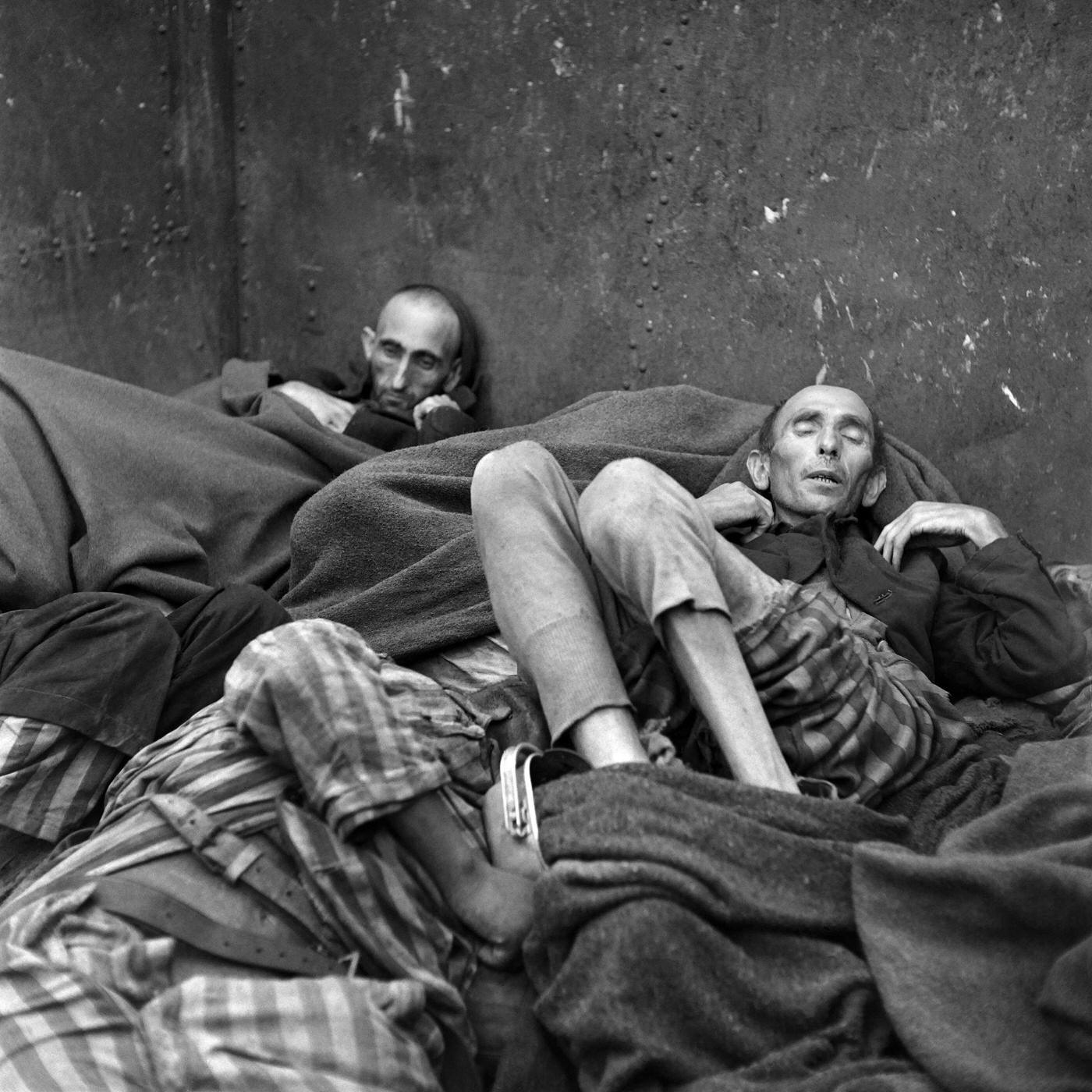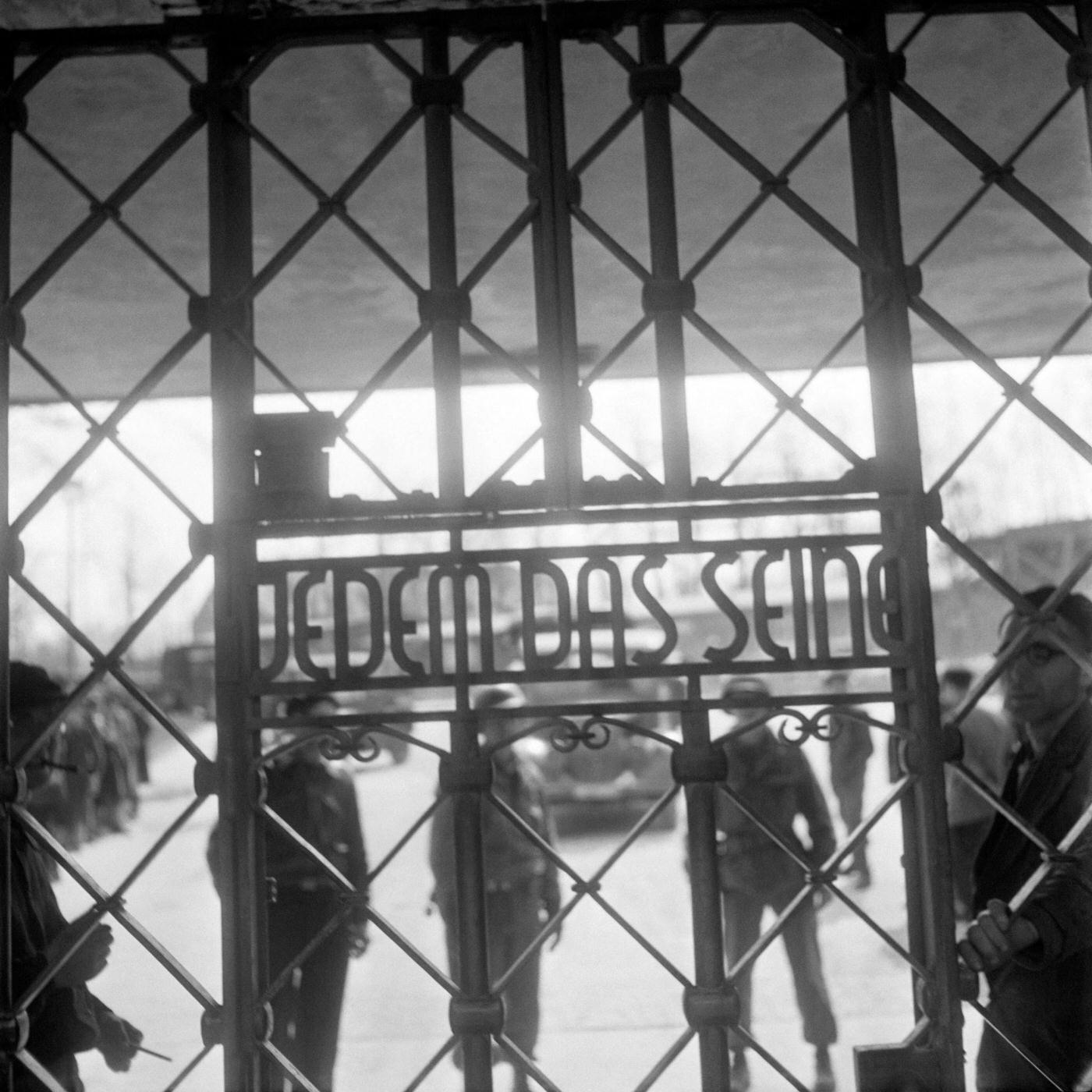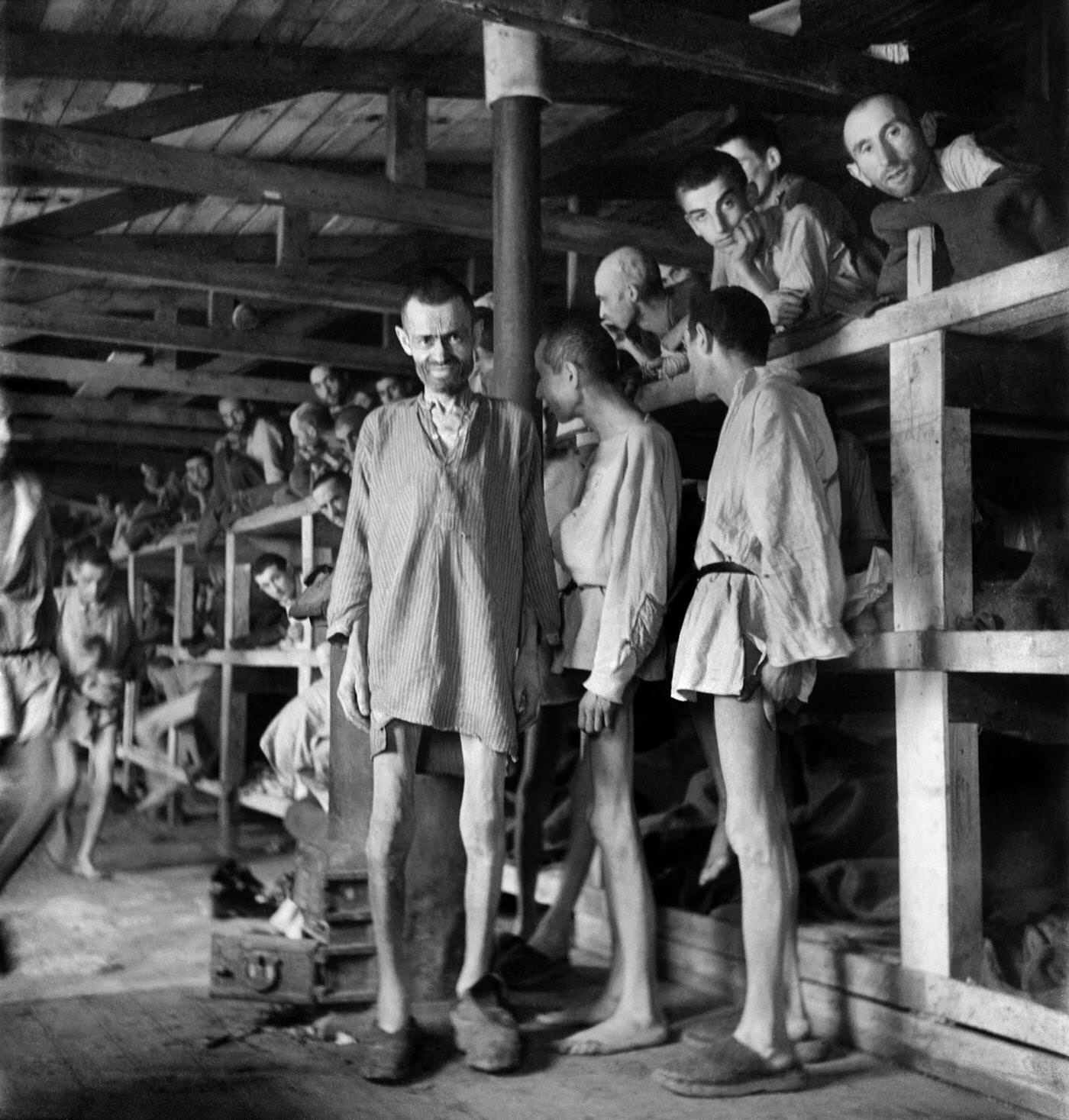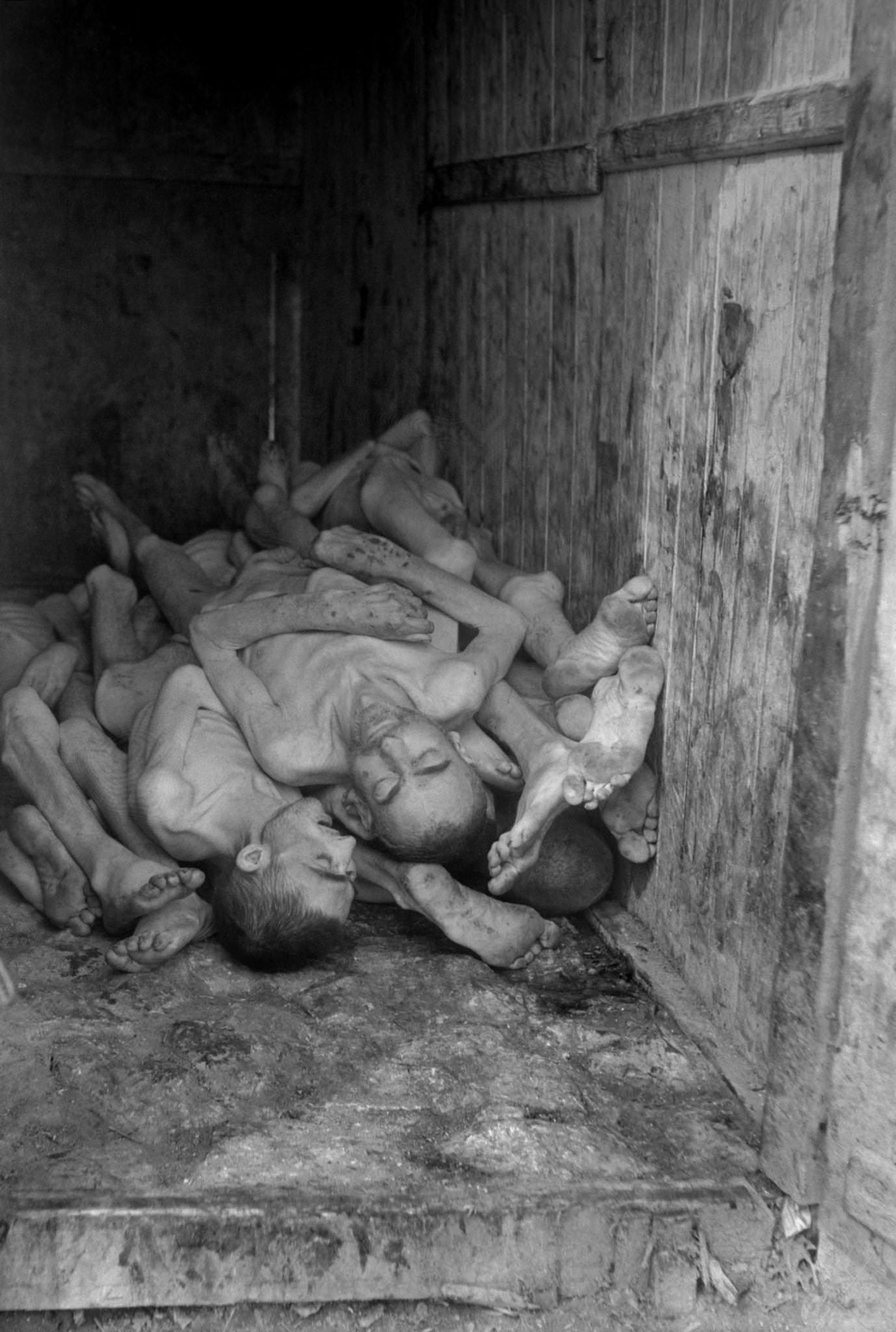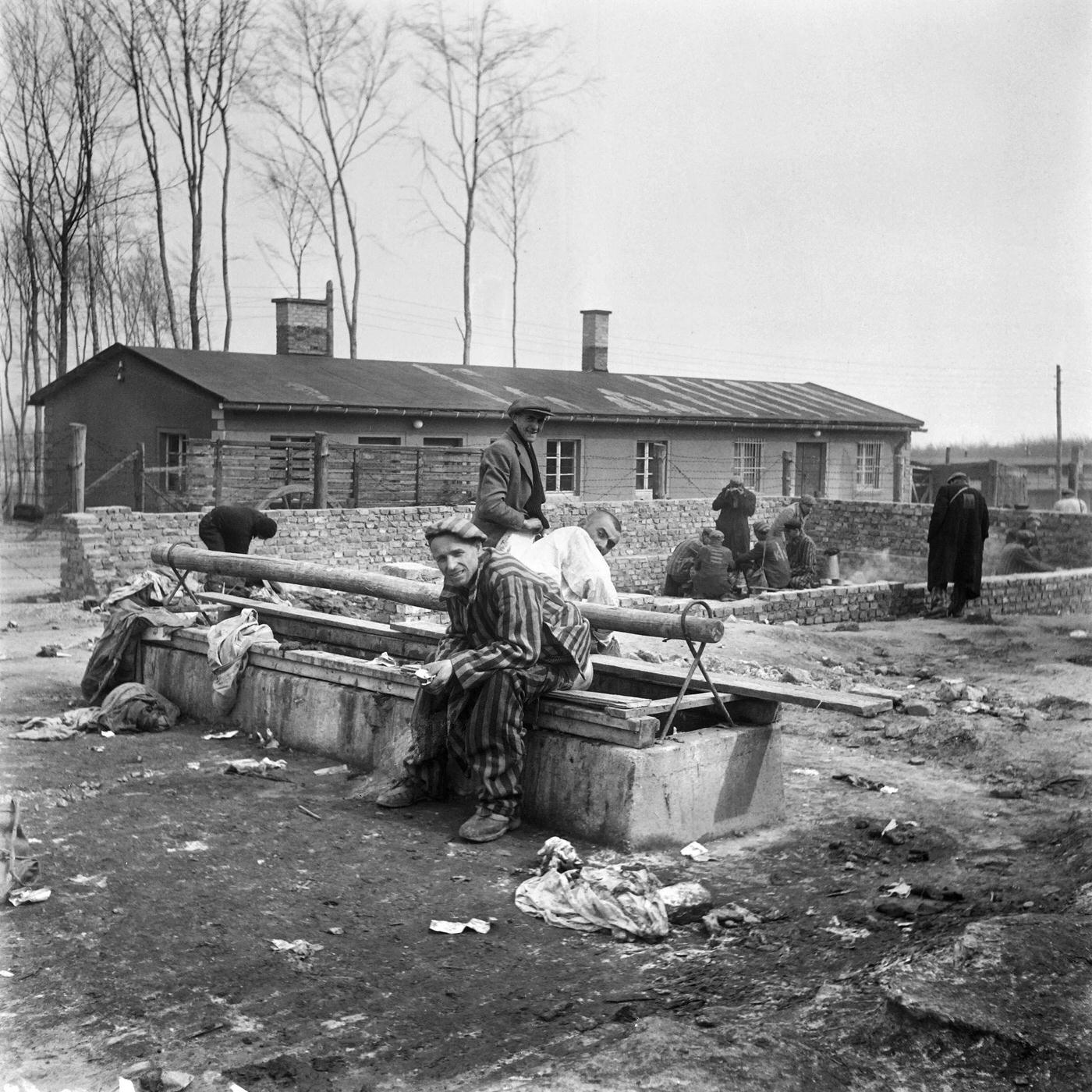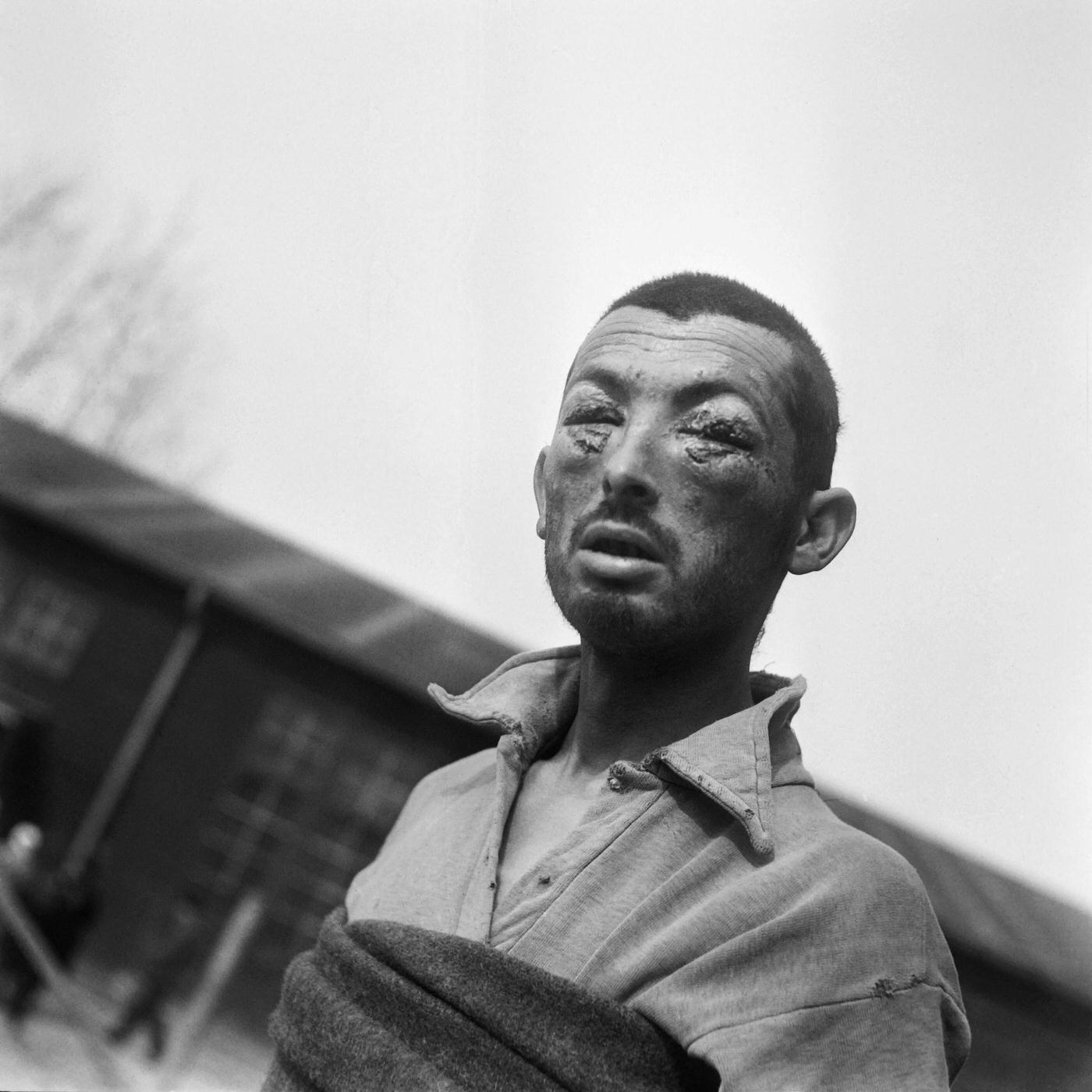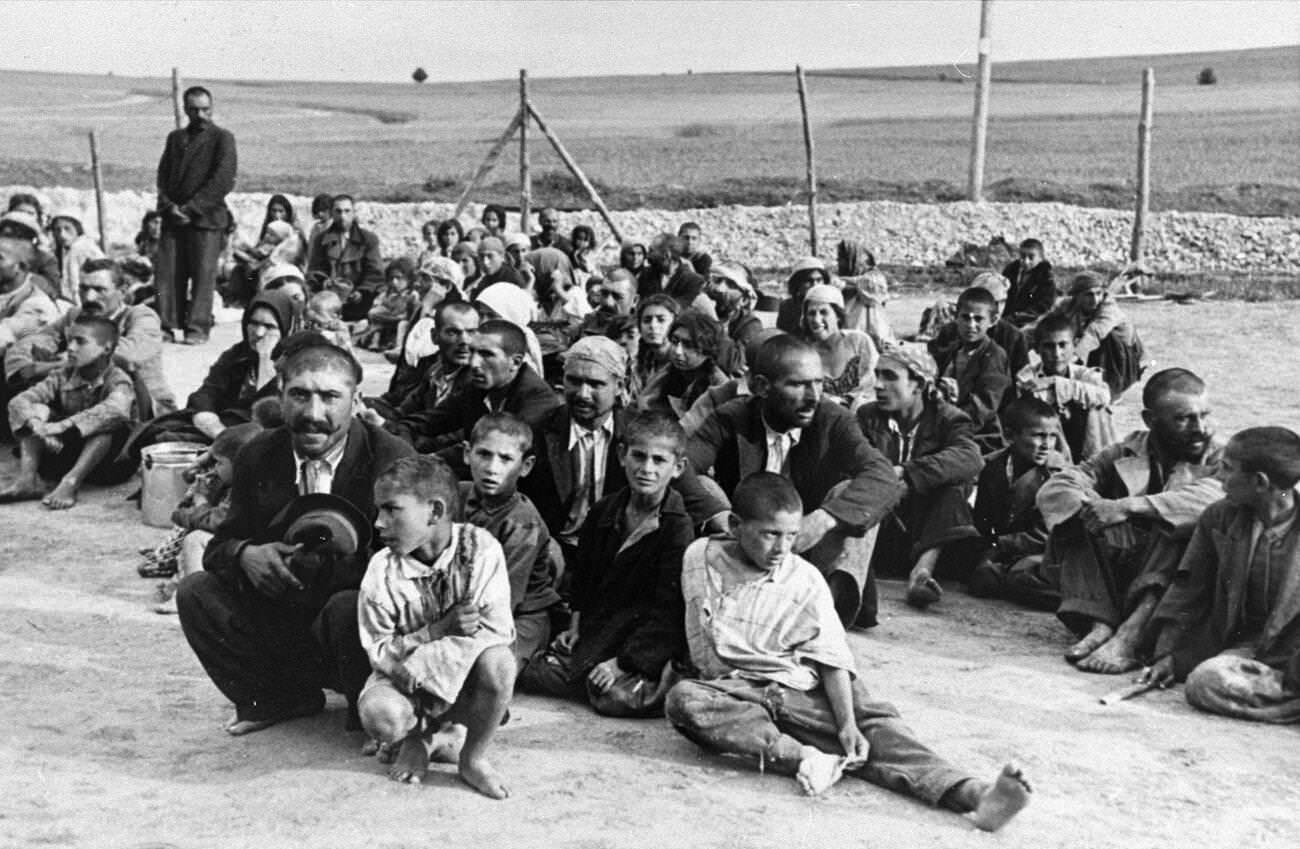The Nazi regime‘s systematic brutality is widely known for its devastating impact on Jewish communities across Europe during World War II. Yet, another group also bore the brunt of this inhumane onslaught: the Roma and Sinti people, also known as ‘Gypsies’. Often overlooked in historical discourse, their plight was equally harrowing, marked by exclusion, persecution, and systematic extermination. Let’s delve into this dark period from 1938 to 1940 and explore the oppression of German Gypsies under the Nazi regime.
The Rise of Anti-Gypsyism
Even before the Nazis ascended to power, widespread prejudices and discrimination against the Roma and Sinti existed in Germany. These communities, who had a distinct culture and often led nomadic lifestyles, were seen as outsiders and faced marginalization. However, it was under the Nazi regime that this discrimination escalated to systemic and institutionalized persecution.
The Nazi Racial Policies and the Gypsies
When the Nazis took control of Germany in 1933, they were guided by a distorted view of racial purity, which considered the ‘Aryan’ race superior and sought to cleanse German society of groups they viewed as racially or genetically inferior. The Roma and Sinti, much like the Jews, fell into this category.
Beginning in 1938, the Nazis took steps to isolate and eventually exterminate these communities. They enacted a series of repressive laws and decrees, effectively pushing the Gypsies to the fringes of society. These measures included restrictions on their movement, forcible sterilization, and the requirement to register their racial status.
One key element in the Nazi persecution was the ‘racial hygiene and demographic biology research unit’. This department, led by Dr. Robert Ritter, aimed to ‘scientifically’ prove the inferiority of Gypsies. Ritter’s research, which categorized Gypsies into racial groups, played a critical role in the Nazis’ extermination policy.
From Isolation to Extermination
The year 1938 saw the further escalation of Gypsy persecution. A decree on ‘crime prevention’ provided the legal basis for the mass arrest of Gypsies, leading to thousands being rounded up and interned in concentration camps. The infamous ‘Decree for the Struggle against the Gypsy Plague’ in 1939 marked a grim turning point, escalating the isolation to systematic extermination.
The Nazis started widespread deportations of the Roma and Sinti to concentration camps across Europe, the most notorious being Auschwitz-Birkenau. The conditions were harsh, and many succumbed to starvation, disease, and brutal treatment.
By 1940, the German Gypsy population was effectively decimated. Men, women, and children were methodically exterminated in what the Roma and Sinti refer to as the ‘Porajmos’, or ‘the devouring’. It is estimated that between 220,000 to 500,000 Roma and Sinti were killed during the Holocaust, wiping out nearly 25% of their total European population.



